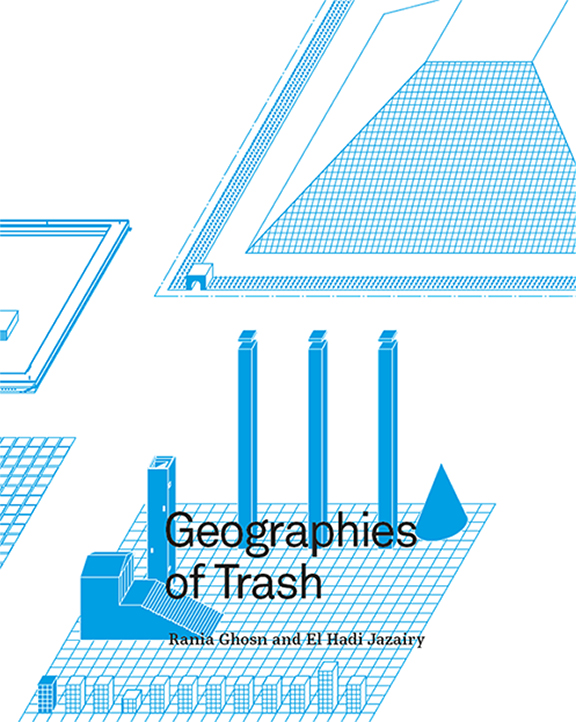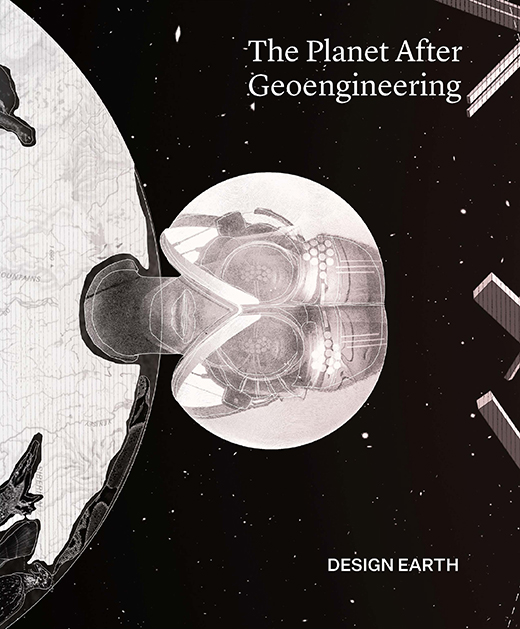
Geographies of Trash
Rania Ghosn & El Hadi Jazairy/ DESIGN EARTH
In the Age of Environment, the scale waste management is geographic all while often relegating such undesired matter to invisibility as matter out of place. Geographies of Trash reclaims the role of forms, technologies, economies and logistics of the waste system in the production of new aesthetics and politics of urbanism. Honored with a 2014 ACSA Faculty Design Award, the book charts the geographies of trash in Michigan across scales to propose five speculative projects that bring to visibility disciplinary controversies on the relations of technology, space and politics.
The book reclaims the materiality and spatiality of municipal solid waste systems. The research-design methodology and book structure adopt a threefold approach, 1) to conceptualize the spatial issues; 2) to chart relations of trash and space in Michigan across different scales; 3) to speculate on alternative strategies, rituals and imaginaries that reclaim trash as matter in
20,00€
Buy Ebook 





